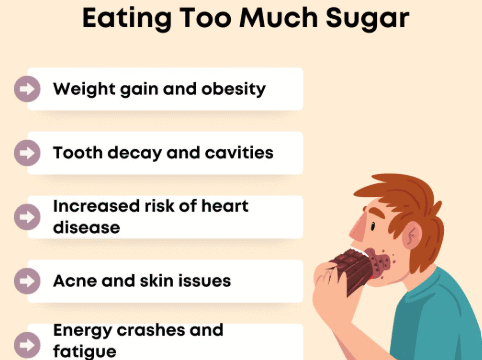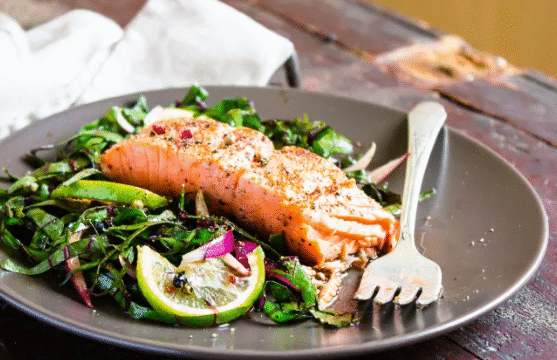Many people start fitness routines hoping to feel stronger, look better, or live longer, but one of the most immediate and uplifting rewards of movement is increased energy.
The right kind of fitness goals can awaken both body and mind, helping you feel more alive throughout the day.
When your goals are friendly and encouraging, rather than strict or overwhelming, they naturally support lasting motivation.
Friendly fitness goals are not about pushing yourself to exhaustion; they are about building habits that energize you from the inside out. The secret to feeling energetic through fitness lies in balance. When you create goals that focus on movement, enjoyment, and consistency rather than intensity, you give your body the fuel it needs to thrive. Energy is not only physical—it is mental and emotional too. A friendly approach to fitness considers all of these aspects, ensuring you do not drain your motivation or create unnecessary pressure. It helps to think of fitness as a daily energy booster rather than a test of endurance. When you view exercise as a way to refresh your mind and body, you begin to look forward to it. For example, a brisk morning walk can wake up your muscles and clear your thoughts, while light stretching in the evening can release tension built up throughout the day. These small actions may seem simple, yet they contribute to steady, long-term energy. To set friendly fitness goals that promote energy, start by paying attention to how different activities make you feel. Some people feel energized after dancing, others after yoga, and some after a short jog. The key is to find what lifts your mood rather than what drains you. When exercise feels enjoyable, your body releases endorphins—natural chemicals that reduce stress and improve happiness. This sense of well-being naturally increases your energy levels and keeps you consistent. A helpful mindset is to aim for movement, not perfection. You do not need to reach a certain number of repetitions or hours each day to feel progress. Even a few minutes of movement counts when done consistently. By setting small, realistic goals—such as ten minutes of stretching or walking daily—you create habits that are easy to maintain. Over time, these small steps build momentum, and your body responds by becoming stronger, more flexible, and more awake. Sleep and recovery play a vital role in maintaining energy through fitness. Ironically, too much intense exercise can lead to fatigue if rest is ignored. Friendly goals recognize the importance of balance. Instead of working out every day without pause, consider gentle recovery activities such as light yoga or walking on alternate days. Listening to your body ensures that you maintain energy without burning out. Rest allows your muscles to repair and your mind to reset, which leads to higher energy levels overall. Nutrition also supports energy-friendly fitness goals. Fueling your body with balanced meals helps you perform well and recover faster. Focus on variety rather than restriction. Whole grains, fruits, vegetables, and proteins all provide lasting energy. Hydration is equally important. Drinking enough water keeps your body functioning smoothly and prevents tiredness during exercise. Small nutritional improvements—such as having a balanced breakfast or a hydrating drink before your workout—can make a noticeable difference in how energetic you feel. Motivation can sometimes fade, but friendly goals keep it alive by focusing on feelings of achievement rather than pressure. For instance, instead of saying “I must run five kilometers,” you could say “I’ll move for twenty minutes today.” This softer goal still encourages progress but feels more approachable. As you complete each goal, you feel a sense of success that fuels your energy and confidence. Positive reinforcement creates a continuous loop of motivation. The environment where you exercise can also influence your energy. Natural light, fresh air, and open spaces tend to lift the mood and stimulate alertness. Outdoor workouts—such as walking, cycling, or stretching in a park—allow your body to breathe more freely and connect with the surroundings. Even a few minutes outside can refresh your energy and inspire a more positive attitude toward movement. Social connection can make fitness even more energizing. Exercising with a friend, joining a local class, or participating in community walks adds a sense of fun and accountability. Shared goals often boost energy because encouragement feels contagious. When others share your enthusiasm, it becomes easier to maintain consistency. Friendly interactions and teamwork create emotional energy that complements physical strength. Mindfulness is another essential part of energy-friendly fitness. When you focus on your breathing, posture, and sensations during exercise, you connect deeply with your body. This awareness enhances performance while keeping you calm and centered. Deep breathing, for example, increases oxygen flow, which directly supports your energy levels. Mindful movement transforms workouts from mechanical tasks into meaningful experiences. Another key to sustaining energy is celebrating small victories. Every effort matters, whether it’s finishing a light workout, increasing your step count, or maintaining consistency for a week. These small celebrations remind you that progress is happening. They reinforce the idea that success is not only about outcomes but also about effort. Gratitude for what your body can do, rather than frustration over what it cannot yet do, builds lasting enthusiasm for fitness. Energy also comes from variety. Doing the same routine daily can lead to boredom or fatigue, but mixing things up keeps your mind and body stimulated. You might alternate between walking, dancing, yoga, or light strength training. Changing your routine occasionally adds excitement and prevents mental burnout. It also helps different muscles stay active, which improves overall strength and vitality. Stress reduction is another hidden benefit of energy-friendly fitness goals. Exercise helps manage tension by lowering stress hormones and increasing relaxation chemicals in the brain. Friendly movement, especially when done at your own pace, provides a mental break from daily pressures. Whether through a short walk, gentle stretching, or a quiet yoga session, these activities restore emotional balance and clarity. As stress decreases, your energy naturally rises. Staying consistent with fitness becomes easier when you focus on enjoyment, not obligation. By treating your workouts as time for self-care, you protect your mental and physical energy. You begin to see fitness as a source of renewal rather than exhaustion. This shift in perspective makes exercise something you want to do, not something you feel forced to do. Over time, the combination of gentle consistency, mindfulness, and balance creates a foundation for sustainable energy. You may notice that you wake up feeling refreshed, concentrate better at work, and recover faster from daily tasks. Friendly fitness goals encourage the body to work efficiently, which translates into vitality throughout the day. This kind of progress lasts longer because it is built on care rather than strain. Ultimately, fitness that encourages energy is about harmony between effort and rest, challenge and comfort, structure and flexibility. Friendly goals help you listen to your body and move in ways that feel natural. When you respect your limits and celebrate your growth, you create an ongoing flow of motivation and energy. Everyday actions—like walking after meals, stretching in the morning, or dancing to your favorite song—can all become steps toward better health and higher energy. When fitness fits seamlessly into your life, it empowers rather than exhausts you. Friendly fitness goals remind us that energy comes from within, and that true progress feels uplifting, not demanding. By approaching movement with kindness, curiosity, and patience, you cultivate strength and spirit that last. The more you enjoy the process, the more energy you’ll discover waiting inside you—ready to support not just your workouts, but every part of your day. Would you like me to expand this article with SEO keywords and a meta description optimized for AdSense approval?






